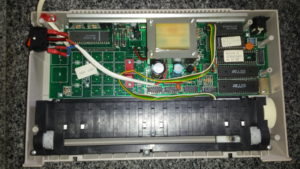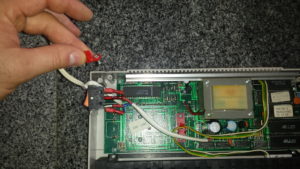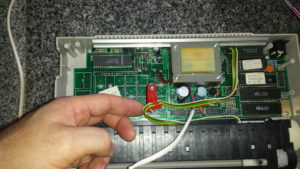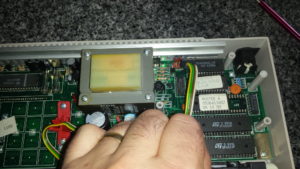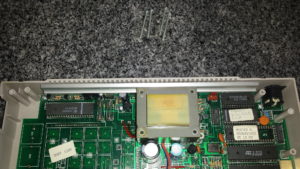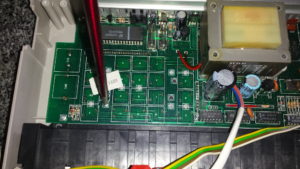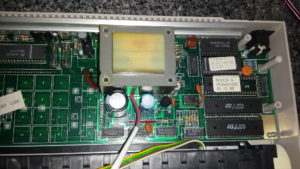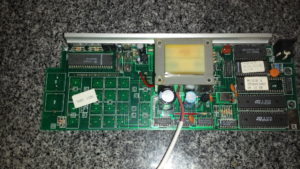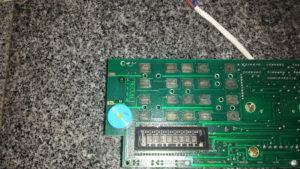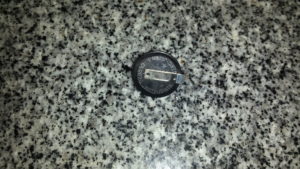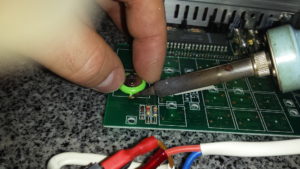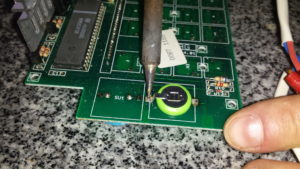I’ve been very quiet for a long time, but I’m starting to get back into the right mindset.
Jérémie FRANCOIS blogs about 3D printing and has some very neat posts about building one’s own parts, including hotends, that I’m keen to take a closer look at.
It also struck me that I should look into the structural qualities of my printer-to-be to ensure that I’m not setting unreasonable goals for the precision of the finished machine.
The major issue will be with vertical deflection of the horizontal guide rods that make up the bulk of the bridge, and across which the X-carriage travels. Using an online calculator and data references I can see that for 2 steel rods of 12mm diameter with support columns (the vertical threaded rods) separated by 400mm, a X-carriage of 1kg mass should cause deflection of no more than 47 microns. Since the entire mass will not be concentrated at a single point in the centre but distributed across LM12UU bearings at each end of the carriage, and the X-drive motor will be cantilevered outside one end, the actual maximum deflection will be somewhat less than this.
Deflection is proportional to load force so if I can halve the mass of the carriage I’ll halve the deflection. (Halving the acceleration due to gravity would have the same effect, but is significantly less feasible.) A Bowden extruder will help, but multiple extruders (maybe a Kraken) and a mount for my Dremel will take me in the opposite direction.
Deflection is proportional to distance-between-supports cubed and reducing it would have a huge impact. Dropping it from 500mm to 400mm reduced the deflection by almost half. To go any closer will really eat into my print area and I don’t want to do that. This needs serious contemplation, as one of my major goals here is to get significantly better precision than can be achieved with my PrintrBot LC.
Deflection is also inversely proportional to the fourth power of the rods’ diameter, thus using 12mm rods (which I have from several flatbed-scanner-autopsies) gives a 5-fold improvement over 8mm rods. Going bigger again, however, is not really an option at this stage.
My conclusion? 47 microns maximum deflection is probably OK, but it means there’s no point putting work into ultra-fine vertical motion control – 200-step motors directly driving 1mm-pitch threaded rods is already an order of magnitude finer than the possible bend in the rods due to gravity pulling the carriage down.
On the other hand, fine Z control could be used to more-smoothly compensate for beam-deflection by adding some extra Z lift as the carriage moves toward the centre. To do this right, though, would need some seriously good calibration of deflection across the entire X range. So this goes onto the Future Improvements queue.
